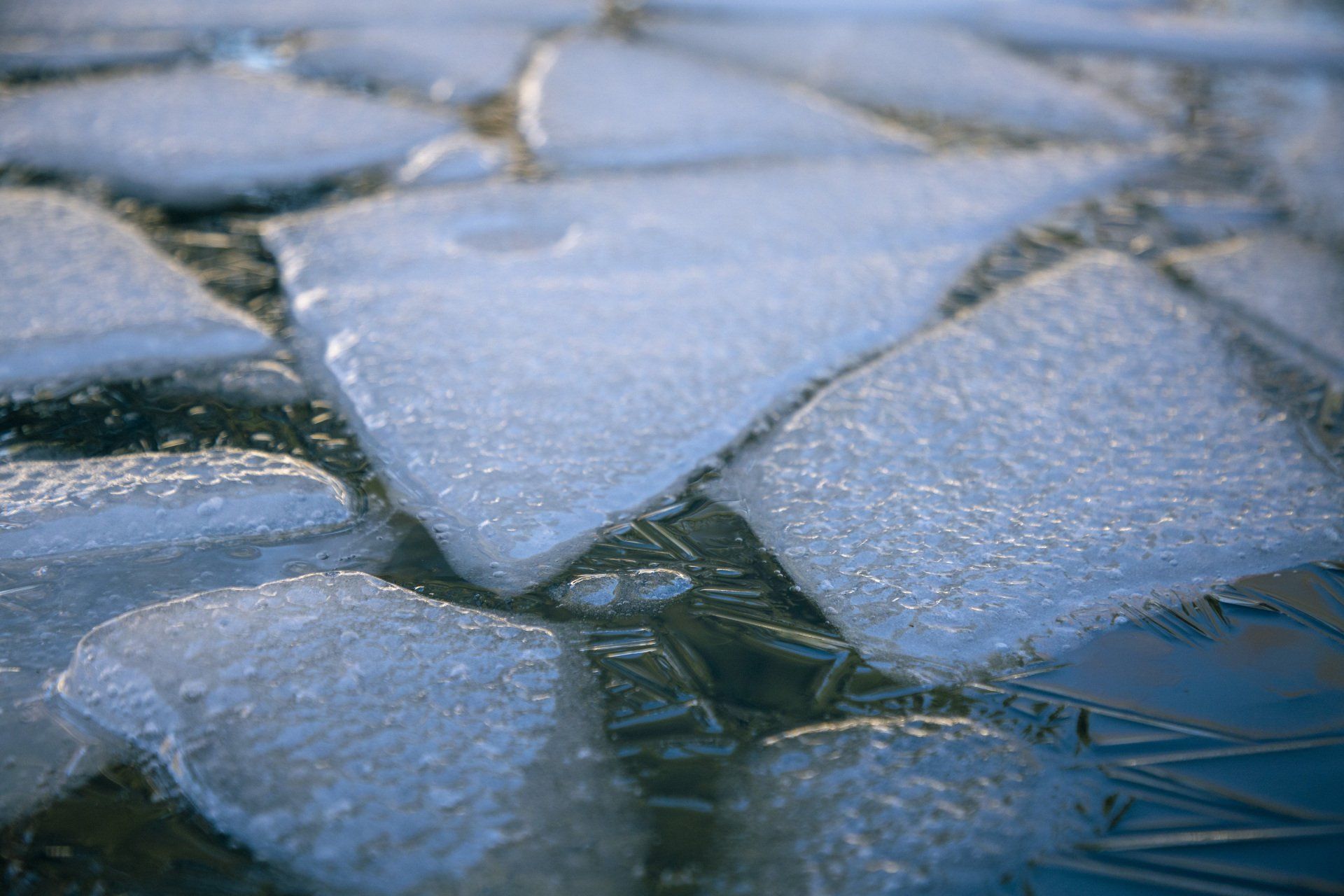How cold weather can affect your roof
We have all felt the effects of the recent freeze in London over the past week. Snow and ice has impacted many homeowners, businesses and roofers alike! With these cold, icy conditions, we thought it would be a perfect opportunity to discuss how cold weather conditions can impact your roof and some important things you should look out for on your property.
Additional Weight
You may not realise it but snow an ice can add a considerable amount of weight to your roof. If the snow fall is particularly heavy, or prolonged, then the additional weight can cause damage to the roof structure itself. The additional weight creates a downward pressure on the roof, which can lead to sagging, or even collapse. It isn’t just the roof that can be affected, the guttering can also be compromised due to the build-up of snow. The snow builds up adding additional weight to the gutter brackets, which can cause the guttering to fail.
Blockages
The build-up of snow and ice can prevent the normal passage of water through the gutter system, which can lead to blockages. We see this happen where certain parts of a property may be sheltered from the sun, causing the snow and ice to take longer to thaw out. As we know from our experience, blocked gutters can also create damage to the outer wall, which can lead to internal damp issues.
Damage to roof coverings
Another affect of cold weather on your roof is the ability of ice to create cracks and fissures in your roof covering. If your existing roof tiles or flat roof covering has cracks in, then water can get into these areas. In cold weather, this water can freeze and expand, causing your roof tiles or membrane to break up. This will increase the chance for roof leaks in the future and can create a lot of damage to your property if undetected. Frayed tiles also create a health and safety risk as they can cause serious injury if they fall and hit someone on the ground below.
Condensation
Condensation is another common issue that is created within roof spaces in cold weather. Cold air holds less moisture than warm air. As a result, when the air can no longer hold any further water vapour, water droplets will appear on adjacent hard surfaces.
At this time of year, it is common for customers to assume that their roof is leaking due to the presence of water droplets on the underside of the roofing felt. In many instances, this water is created by condensation in the loft, rather than a leaking roof. Condensation can be reduced by increasing ventilation within your property, including the loft space. In addition, ventilation of the roof space is essential to help any condensation to dry out. If you are replacing your roof, then we also advocate the use of a breathable membrane underfelt to facilitate air flow across the roof space.
Another way to prevent condensation is by making sure that the loft insulation is topped up correctly to a minimum of 300mm. This will help to stop warm air from the property entering the cold loft space. A top tip is to make sure that your loft insulation does not block the soffit vents and prevent storing items on top of your insulation, as this reduces its effectiveness.
If you are experiencing issues with your roof because of the cold weather, giver Roofers London a call. We will inspect your roof to quickly diagnose and repair any issues that have been caused because of snow and ice. Call today to arrange an inspection!
You might also like


